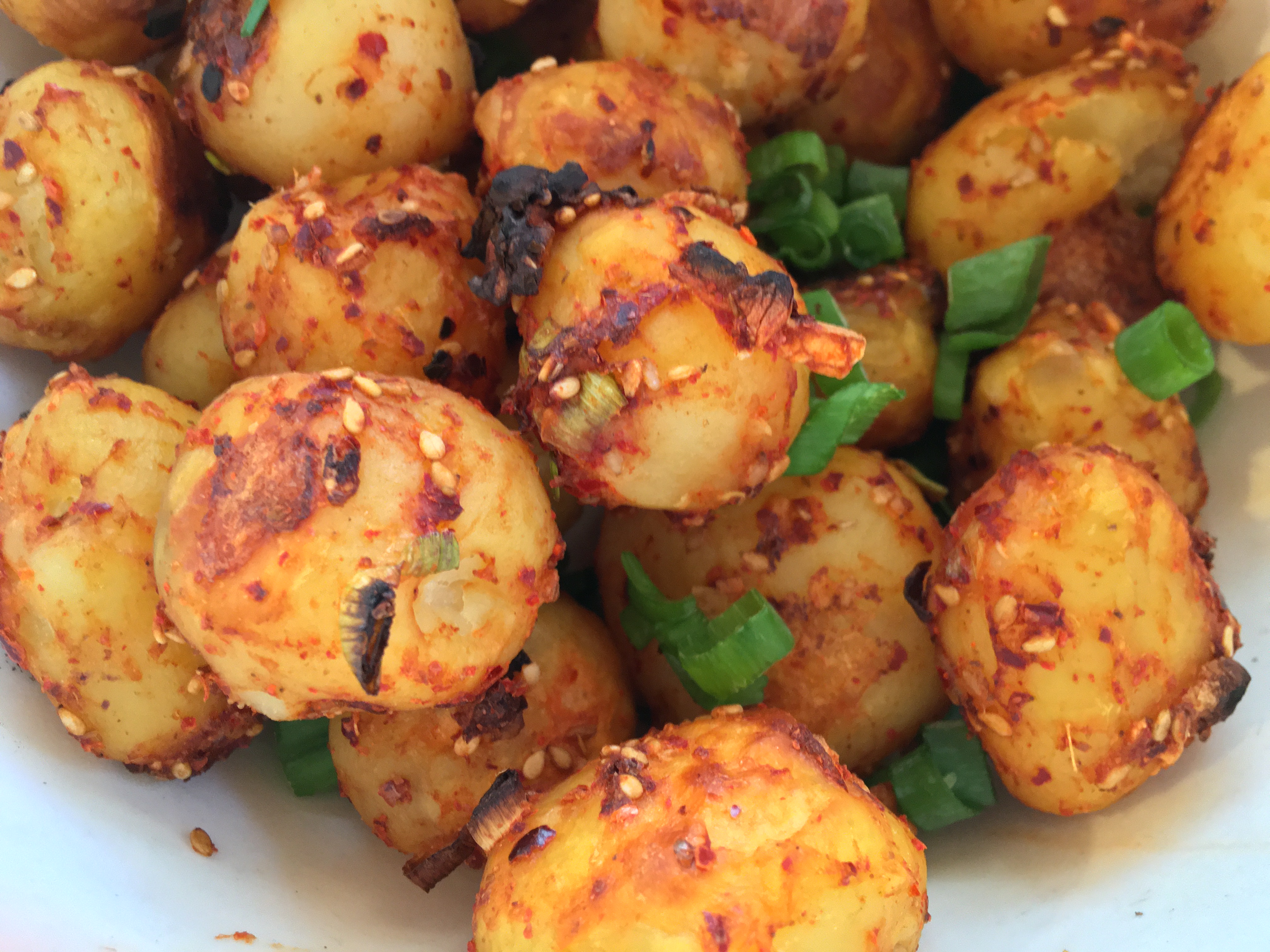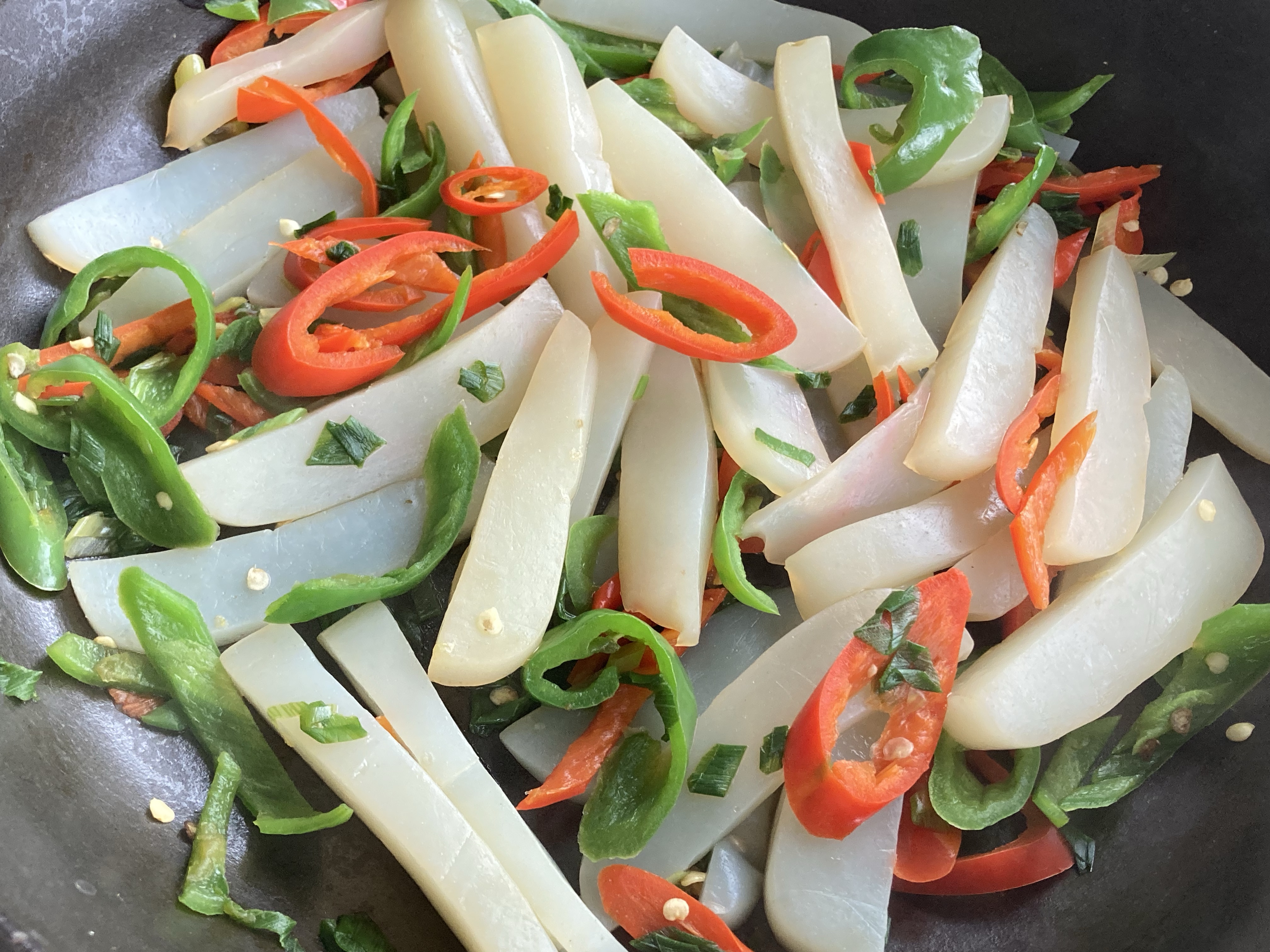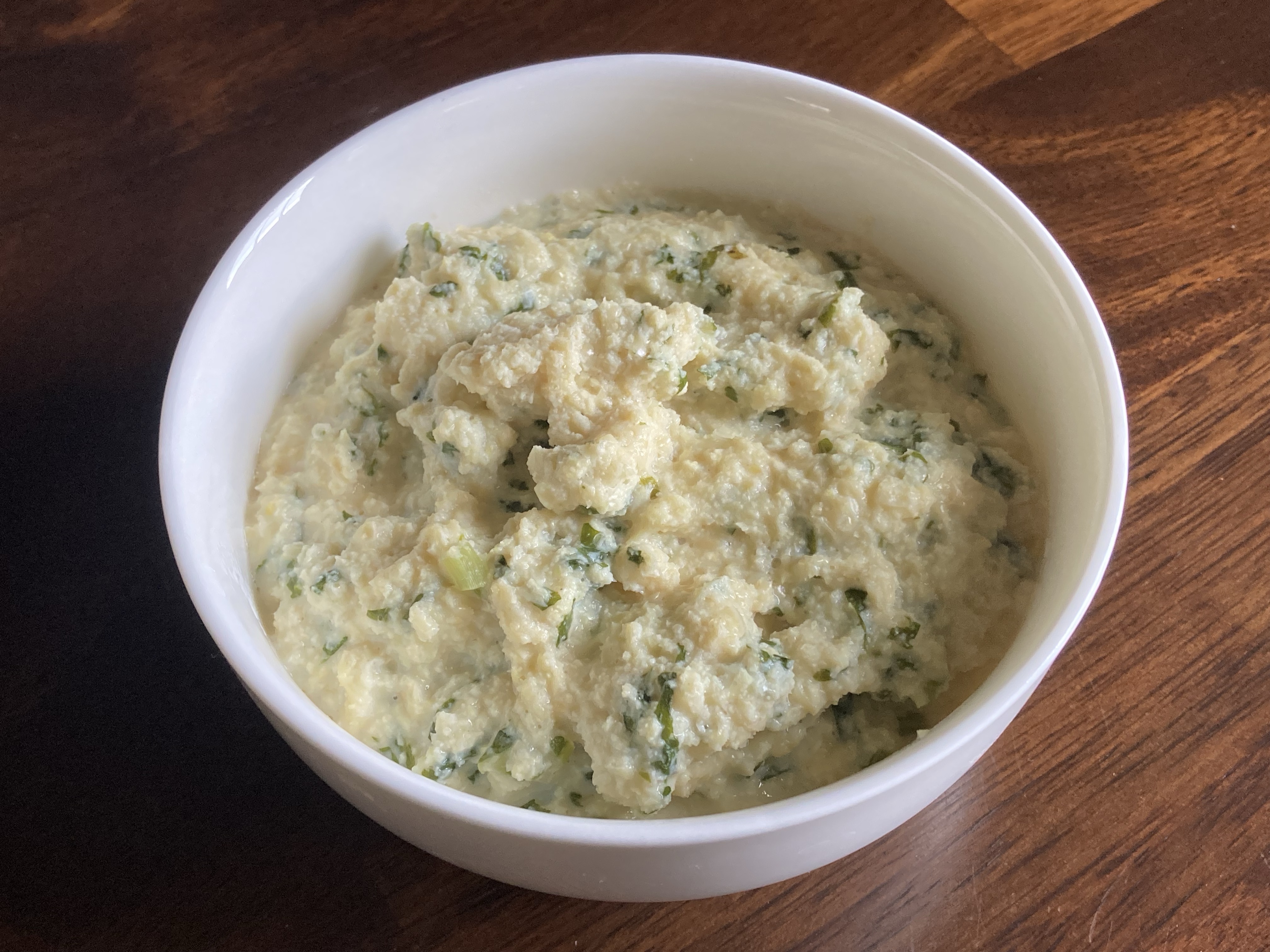Tujia Cuisine
Tujia cuisine is the traditional food culture associated with the Tujia(土家) people in the mountainous areas straddling southeastern Chongqing, southwestern Hubei, northwestern Hunan, and parts of Guizhou.
Enshi(恩施) is a kind of cultural center, though many traditions are well preserved in rural areas.
The Tujia people have an ancient history in the Chongqing area. At first glance, their culture is similar to and sometimes confused with that of neighboring Miao or Hmong people. Some features seem to overlap, perhaps due to geographical similarities and cultural exchange.
Pig killing is important and ritualized in traditional Tujia culture.
Spicy(辣) and fermented(釀) flavors are emphasized in Tujia cuisine. There is an old saying: Three days without eating sour and spicy, one’s heart is as if scratched by a cat…(三天不吃酸和辣,心裡就像貓爪抓,走路是腳換眼又花). Here is another saying in reference to the unpretentious flavors of Tujia cuisine: Meat has meat flavor; vegetables have vegetable flavor(肉有肉味,菜有菜味” 原味).
In many Tujia areas it is common to have a wok built into a stove over fire. A cooking method known as kang(炕) involves frying foods in this kind of stove-wok. It can also be used for steaming and boiling. Often one person cooks while another person manages the fire from behind. Bamboo hats(斗笠) can double as steamer lids as well as rain hats.
Old time villages still have some traditional stilt houses(吊腳樓) built over water.
Ingredients
rice wine(米酒) very important
sticky rice(糯米)
(米豆腐)
sorghum(高粱) introduced
tofu, (合渣) tofu dregs or okara used
(綠豆粉) (綠豆皮)? doupi(豆皮) made from mung bean+rice, corn, or plain rice – in between 米粉 and 豆皮, ground like tofu and cut like noodles and usually eaten in broth with added ingredients; can be dried and stored; also doupi twisted in dried strips(腐竹) specialty of Enshi area
konjac(魔芋) made into konjac jelly or konjac “tofu”(魔芋豆腐)
chive(小韭菜)
cabbage
daikon, daikon leaf
two kinds of bamboo shoots, (山竹筍) and (楠竹筍)
potato(洋芋)
corn(苞穀) powdered(苞穀麵)
labuyo chili(小米辣), pickled or fresh
(榨廣椒 or 鮓廣椒 or 鮓辣椒 or 酸辣子) minced chili and ground corn fermented, use palm leaf and banana leaf then seal with water, ready after two weeks or typically after a month, used for the whole year
nostoc(地木耳)? , herbal jelly(神豆腐)?
wood ear
local chicken
pig major
cured meat(臘肉)
Dishes
- (苞穀飯): rice with ground corn
- ciba(糍粑): cake made with sticky rice, buckwheat, or other grain, often grilled
- (炕洋芋): seasoned fried small potato
- konjac jelly(魔芋豆腐): konjac jelly is blanched then stir fried with other ingredients or served plain with sauce
- (糟辣子): minced chili with ginger and sichuan peppercorn
- lazy tofu(合渣 or 懶豆腐):
- fried tofu triangles
- (炒臘肉): cured meat stir fried with red and green chili or even soybean or scallion
- (山雞煮板栗)
- (炒鮓廣椒): sauteed pickled chili and corn powder
- (榨廣椒炒臘肉)
- (綠豆粉): rice and bean noodles, usually served in broth
- (三下鍋)
- (油茶湯)
Related Links
Recipes
-

Kang Potatoes
Kang potatoes(炕洋芋 or 炕土豆) are a specialty from south central China. This dish is a popular street food and may […]
-

Konjac Jelly Stir-Fry
Konjac jelly stir-fry is a common household dish from southwestern China. Konjac jelly, also known as konjac tofu(魔芋豆腐 móyùdòufu) is […]
-

Lazy Tofu
He-zha(和渣) is ground soybean porridge, sometimes also called lazy tufu(懶豆腐). It is a traditional dish of the Tujia(土家) people from […]